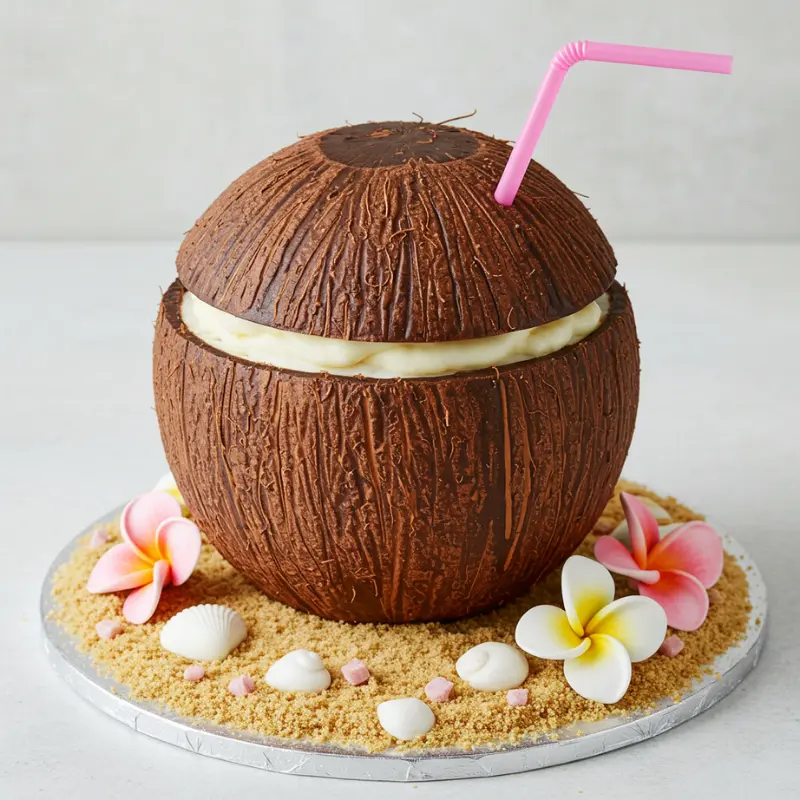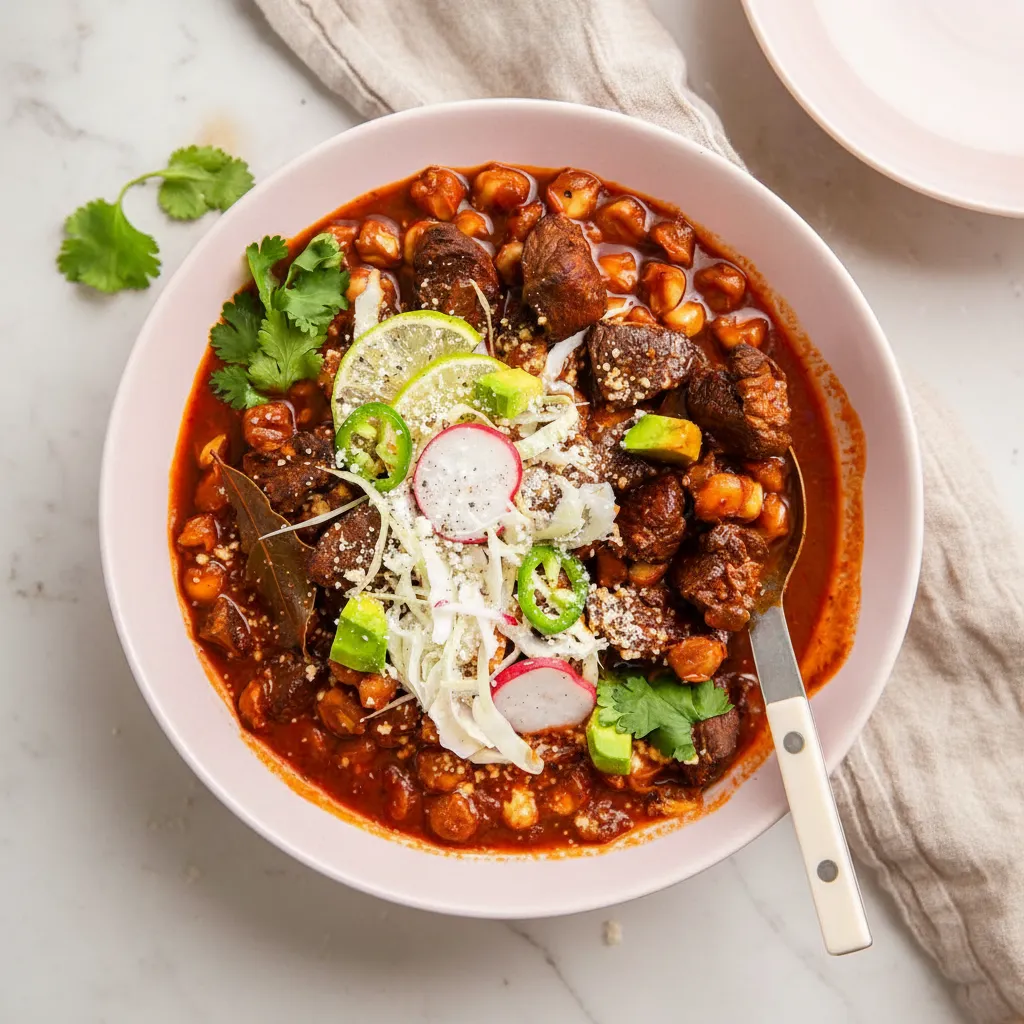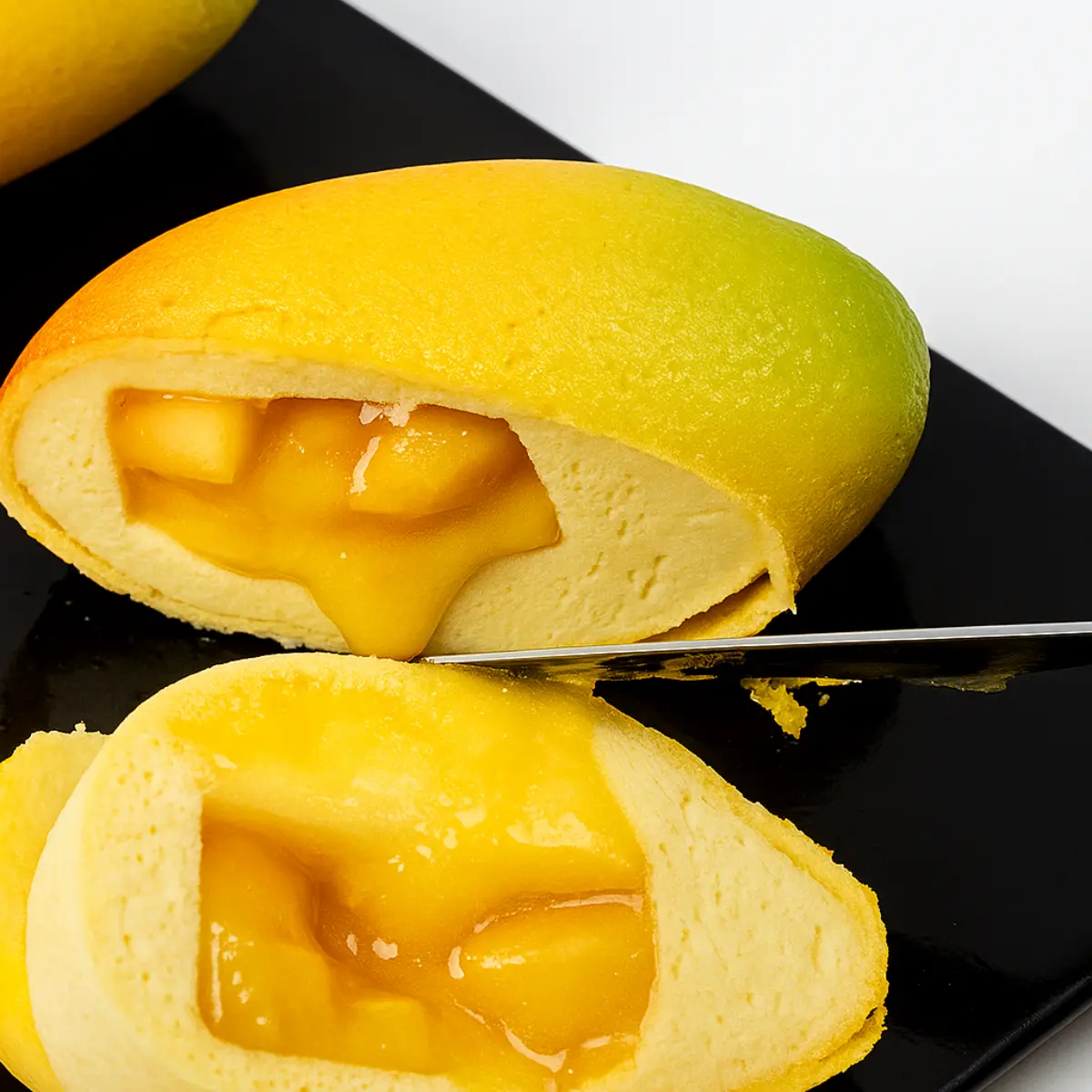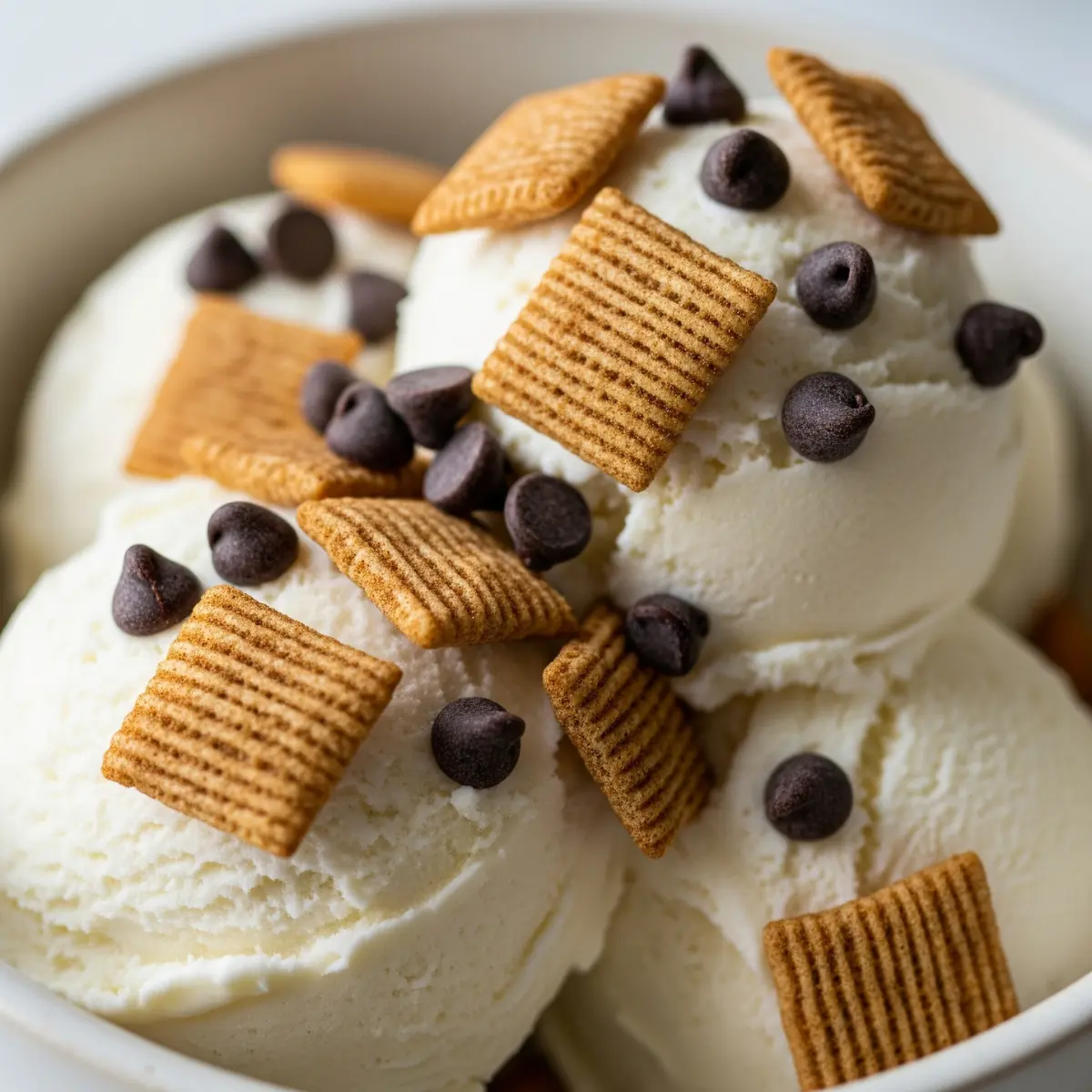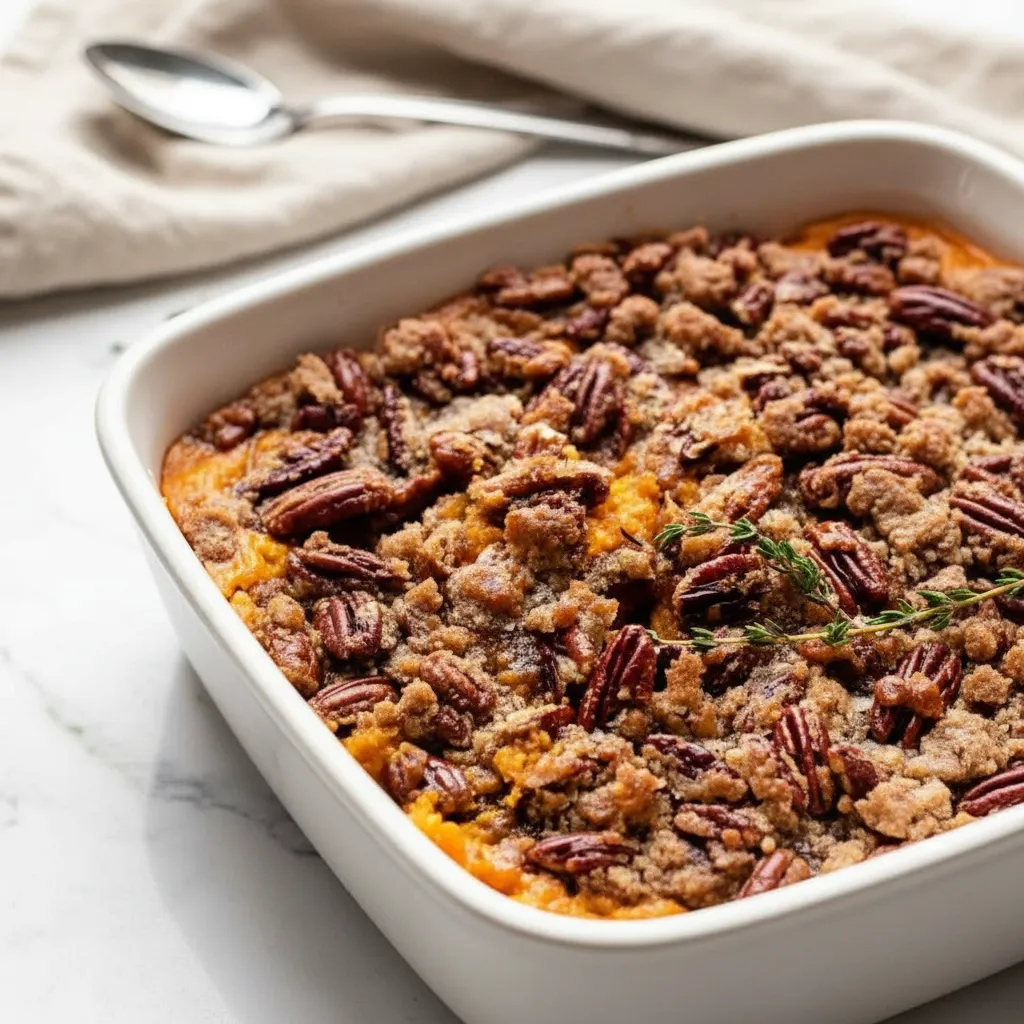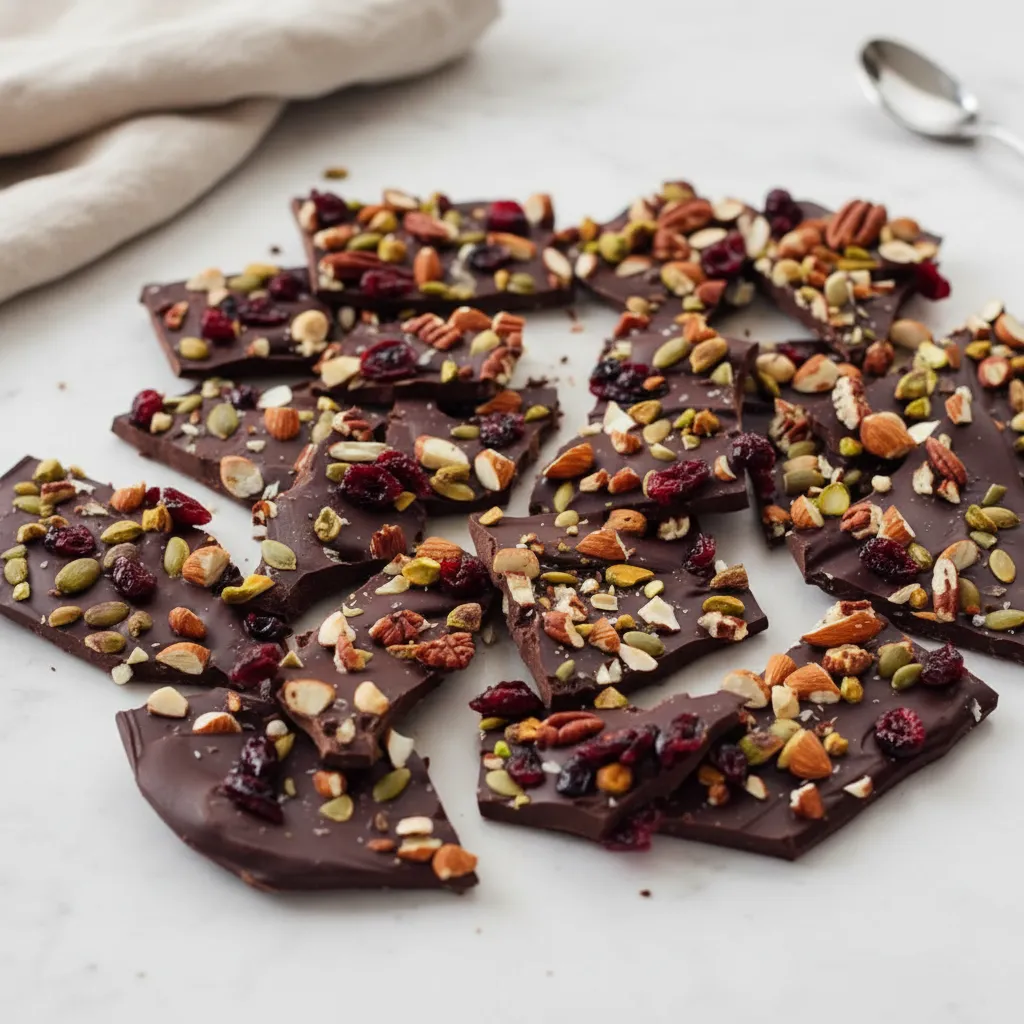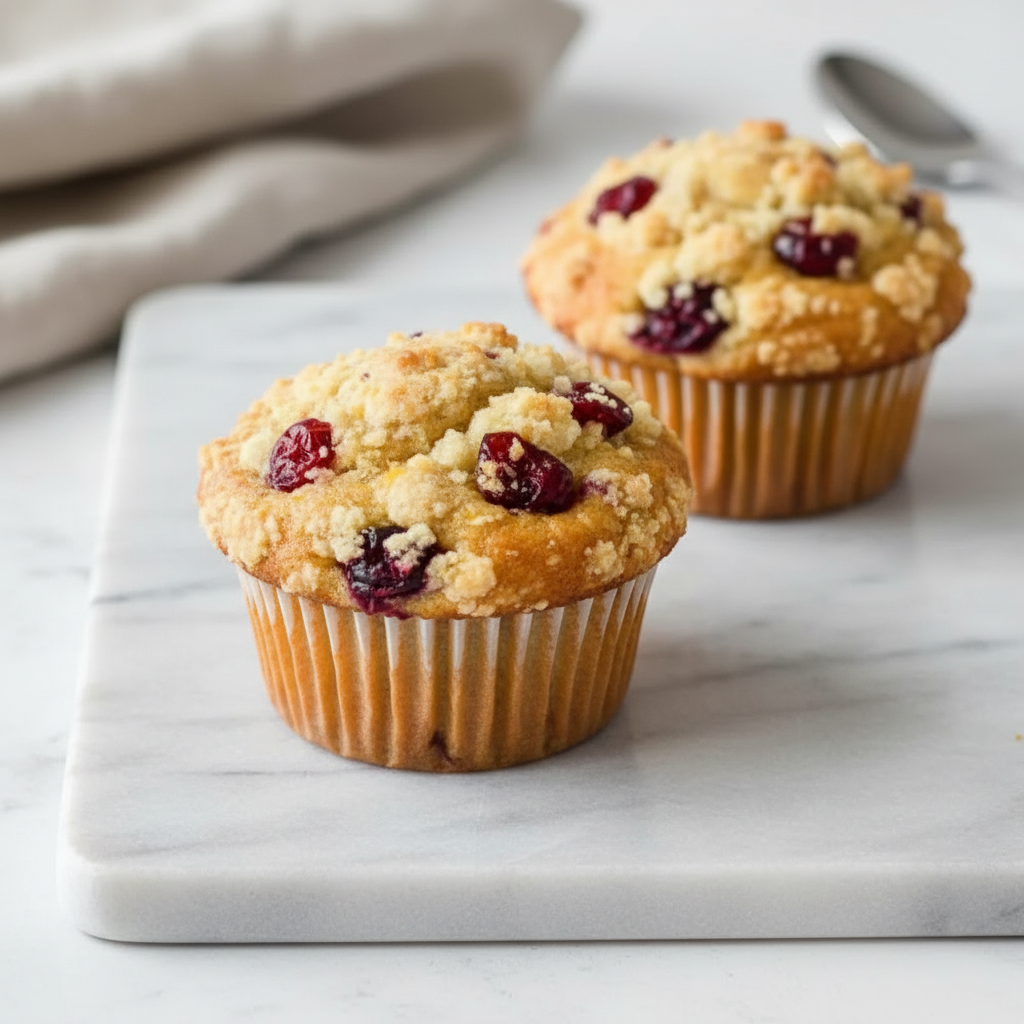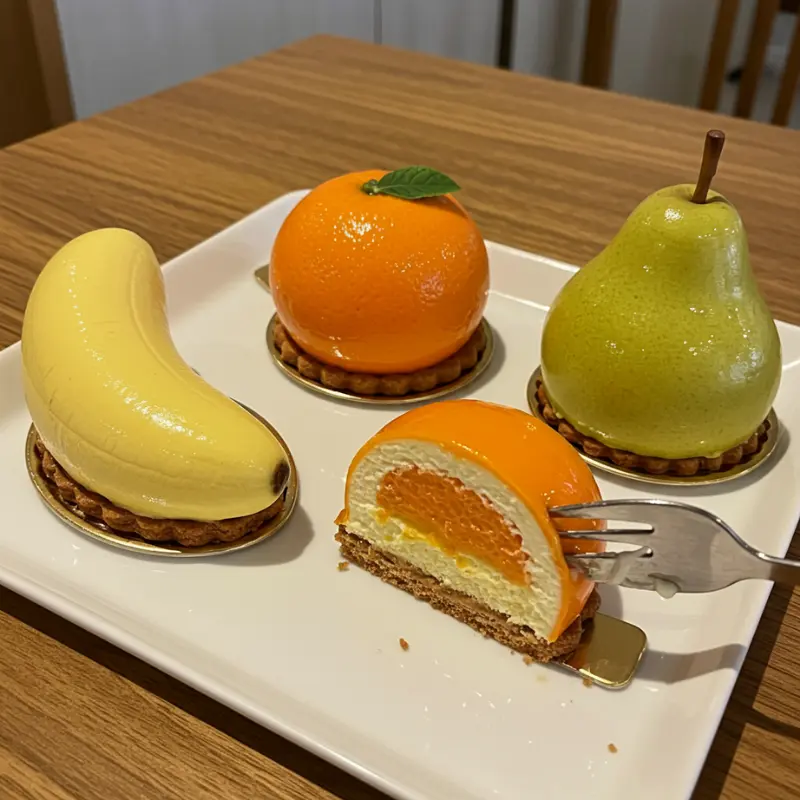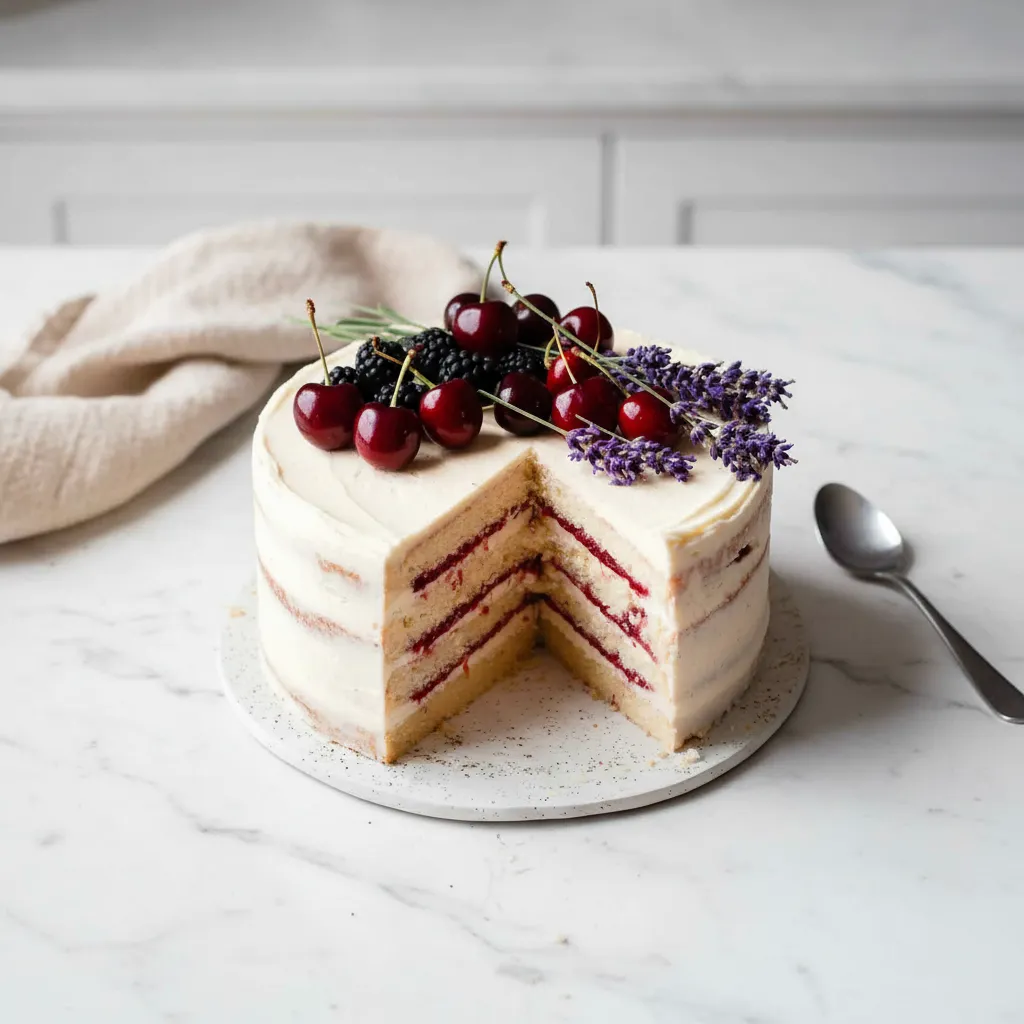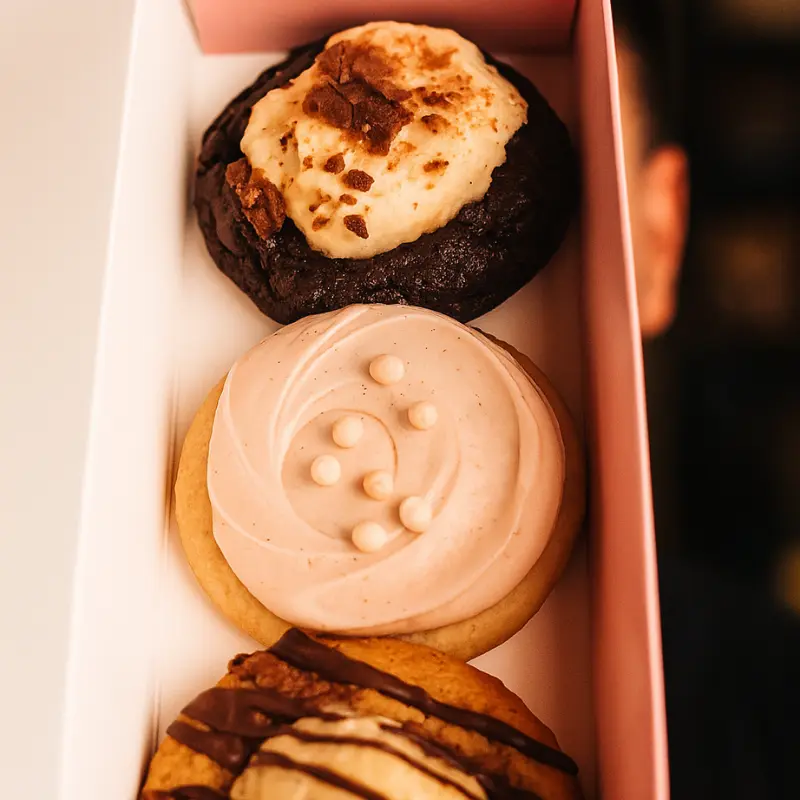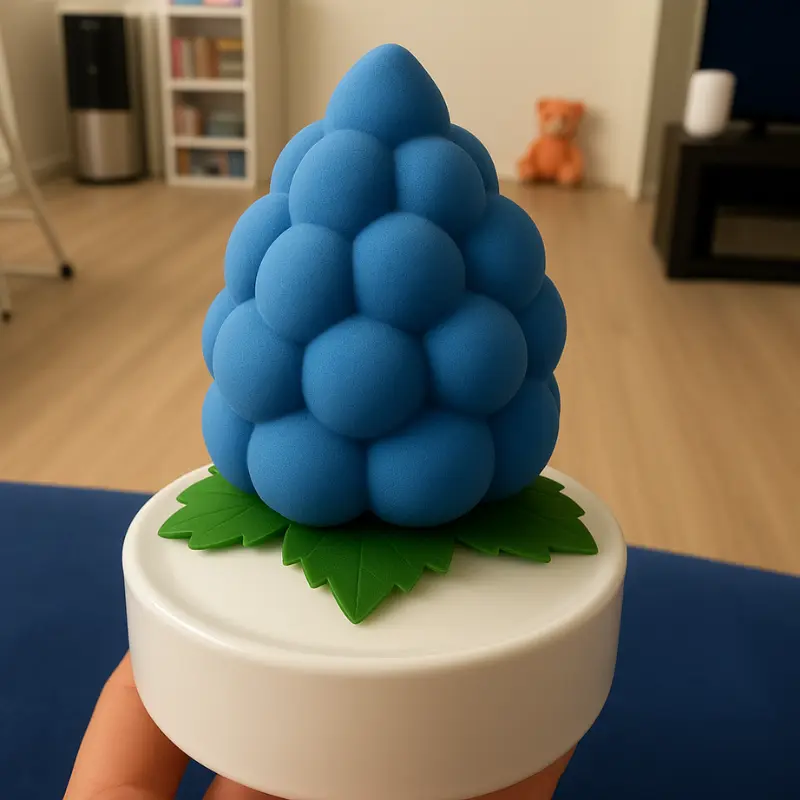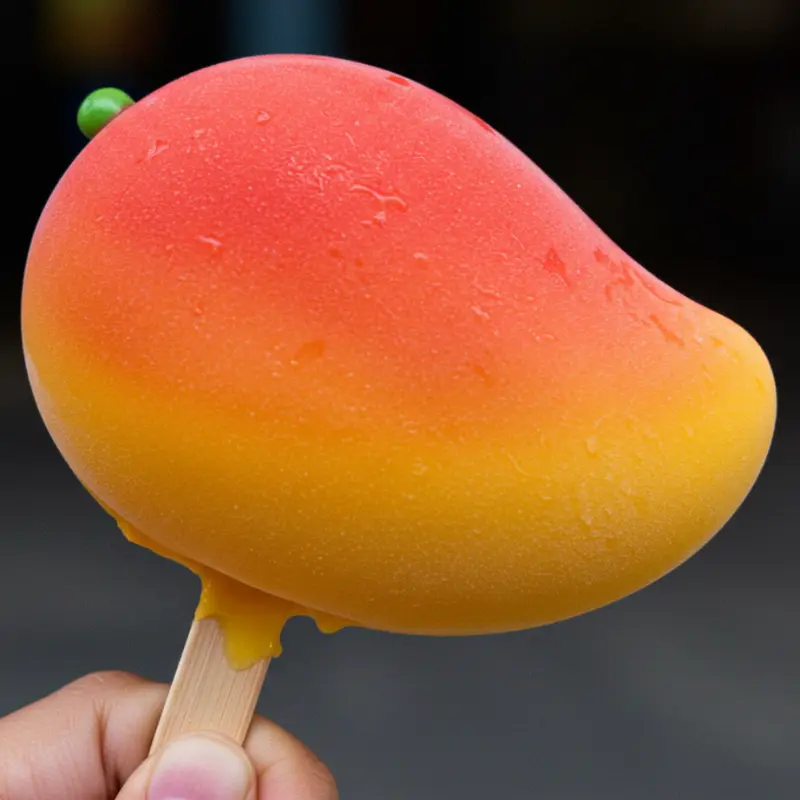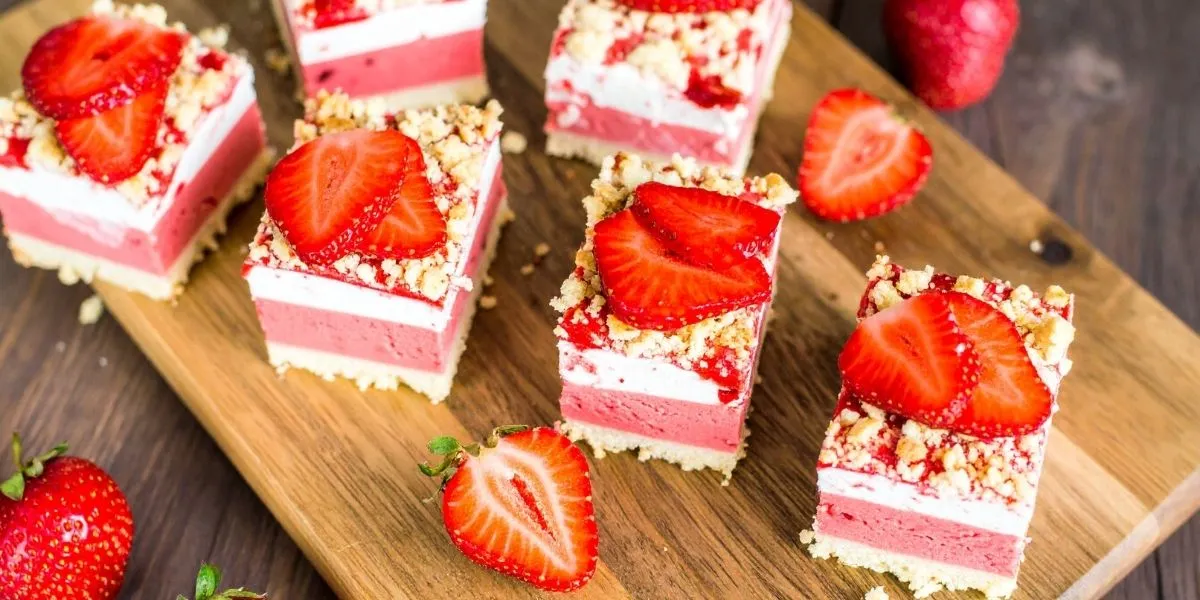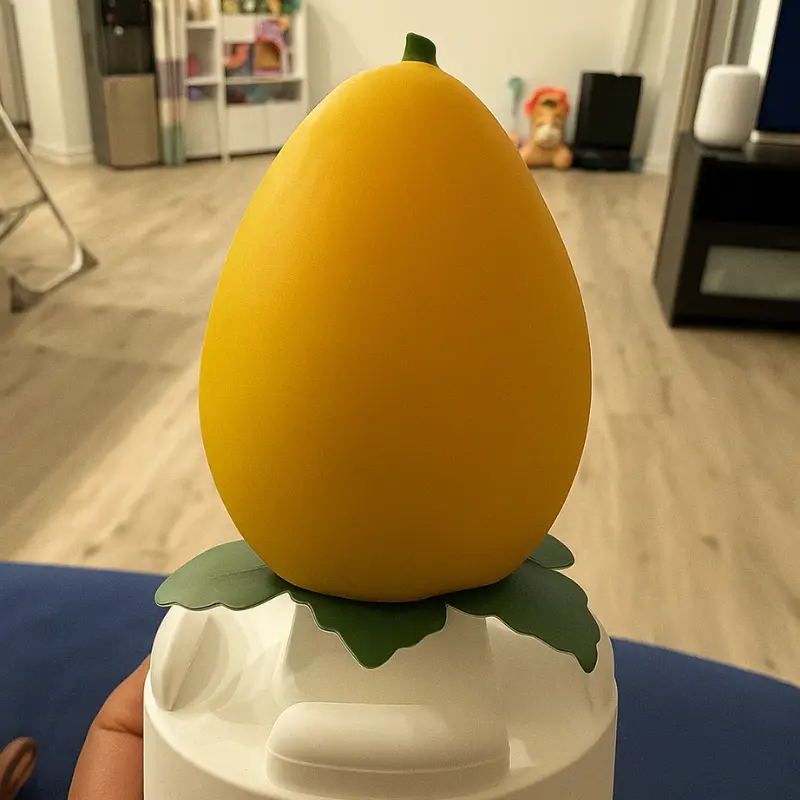Baking a coconut shaped pastry feels like sunshine in the kitchen. These flaky, sweet creations look stunning and taste even better, just like they came from a fancy bakery.
Don’t worry if you’re not a pro. With the right tips, anyone can fold, fill, and bake these delicious pastries. From Cuban classics to air-fryer hacks, this guide has something for every level and every craving.
Table of Contents
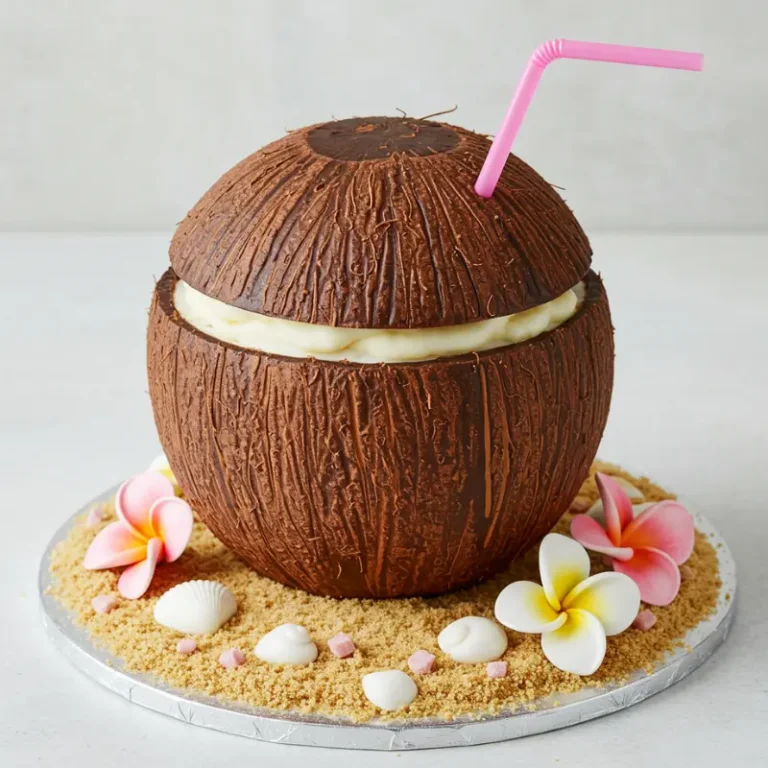
Coconut Shaped Pastry Recipe
A rich, creamy coconut shaped pastry made with coconut ganache, shredded coconut, and a realistic shell created using silicone molds. A tropical dessert that’s fun to make and unforgettable to serve.
- Total Time: 5 hours
- Yield: 6 pastries 1x
Ingredients
1 cup shredded coconut
1 cup coconut milk
1 teaspoon lime juice
2 tablespoons sugar
1 teaspoon pectin or cornstarch
4 ounces white chocolate
1/4 cup heavy cream
1 teaspoon coconut extract
Silicone coconut-shaped molds
Cocoa butter spray (for velvet shell)
Instructions
1. Combine coconut milk, lime juice, sugar, and pectin in a saucepan. Bring to a boil and cook for 2 minutes, then cool.
2. Stir in shredded coconut and chill the filling until thickened.
3. In a separate pan, heat cream and pour over white chocolate. Add coconut extract and blend until smooth to make ganache.
4. Fill silicone molds halfway with ganache. Add chilled coconut filling insert, then cover with more ganache.
5. Freeze until completely solid.
6. Unmold and spray with cocoa butter and white chocolate mixture for a velvet texture.
7. Score a curved line on the shell for a realistic coconut look.
8. Serve frozen or chilled for best texture and flavor.
Notes
Use real coconut extract for a strong, natural flavor.
Let the pastry rest a few minutes after freezing before serving.
For added texture, mix in bits of mango or pineapple to the filling.
- Prep Time: 1 hour
- Freeze Time: 4 hours
- Cook Time: 5 minutes
- Category: Pastries
- Method: Frozen, Molded
- Cuisine: Modern Pastry
- Diet: Vegetarian
Nutrition
- Serving Size: 1 piece
- Calories: 280
- Sugar: 19g
- Sodium: 25mg
- Fat: 18g
- Saturated Fat: 11g
- Unsaturated Fat: 6g
- Trans Fat: 0g
- Carbohydrates: 24g
- Fiber: 2g
- Protein: 3g
- Cholesterol: 20mg
Coconut Shaped Pastry Recipe Highlights
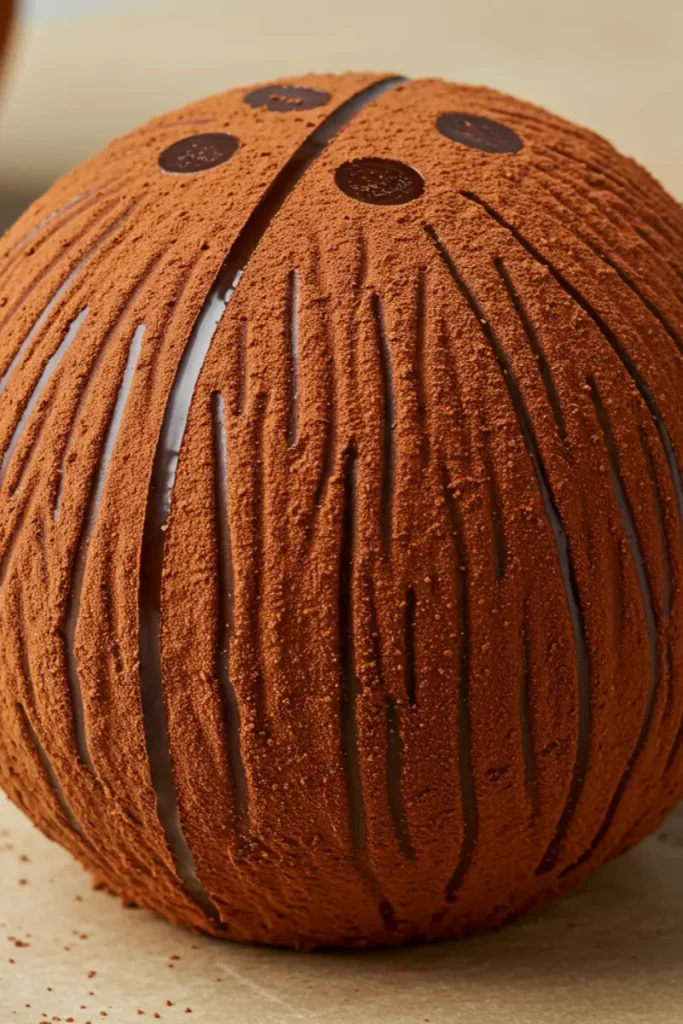
This sweet, flaky dessert has all the charm of a tropical vacation packed into one handheld bite. Coconut shaped pastry brings together buttery layers and rich coconut filling in a shape that looks just like a coconut. Whether you’re a beginner baker or someone with experience, these pastries are fun to make and beautiful to serve.
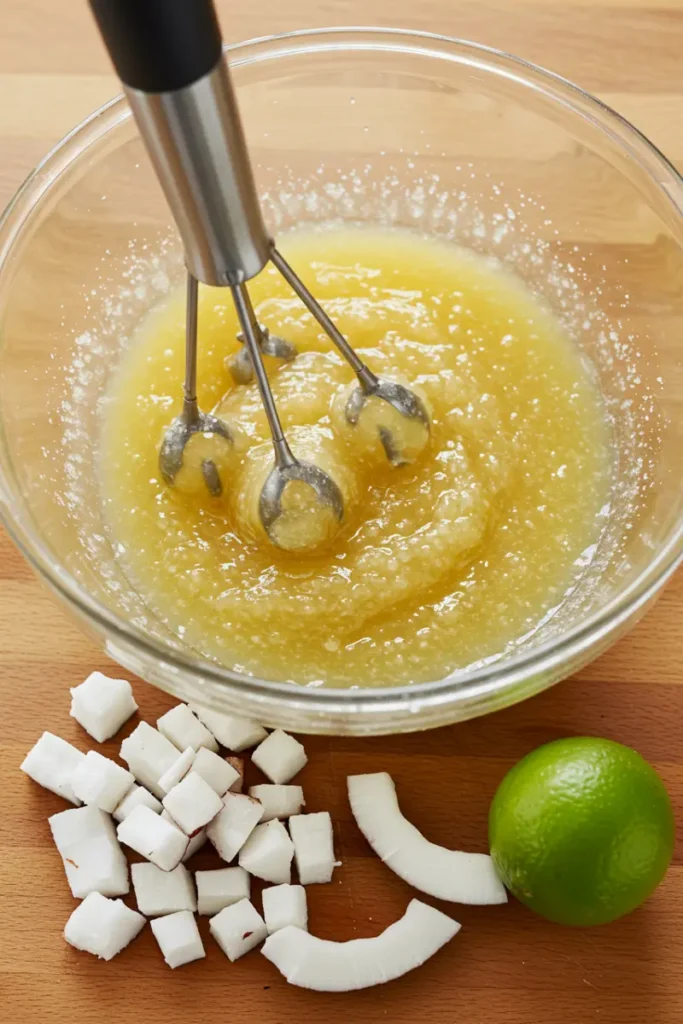
The secret to success lies in the details. A good pastry starts with chilled dough and a flavorful filling. You can get creative with shapes, sizes, and finishes. These pastries work great for parties, Sunday brunch, or even just as a quiet afternoon snack. And once you master the folding and filling, the rest is a breeze.
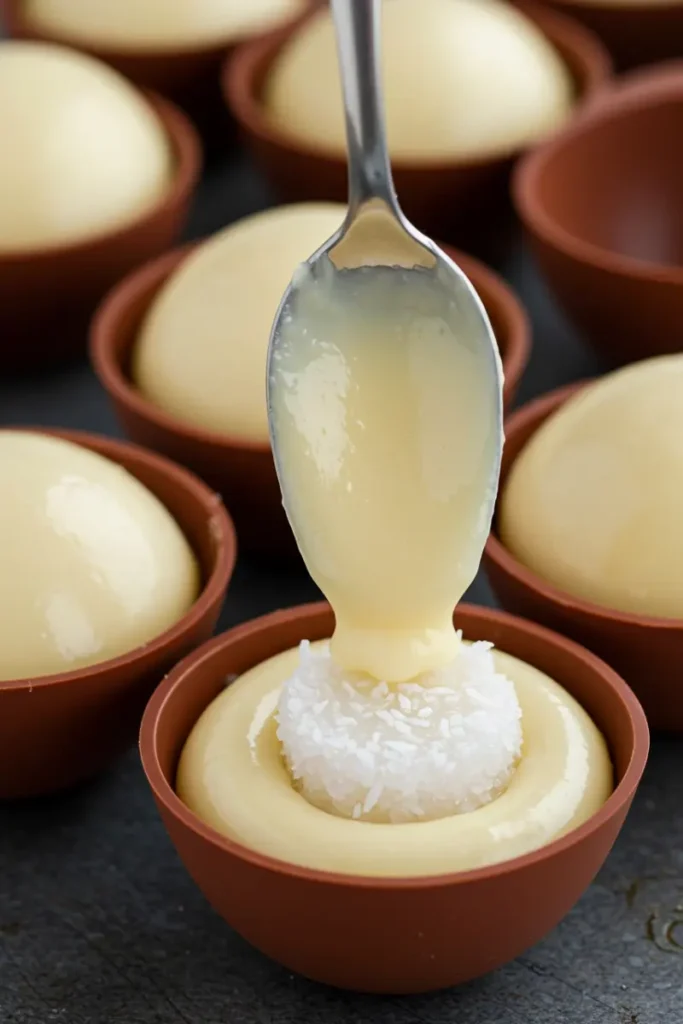
Let’s walk through the essential steps for getting that bakery-worthy look and taste.
Step by step pastry folding technique
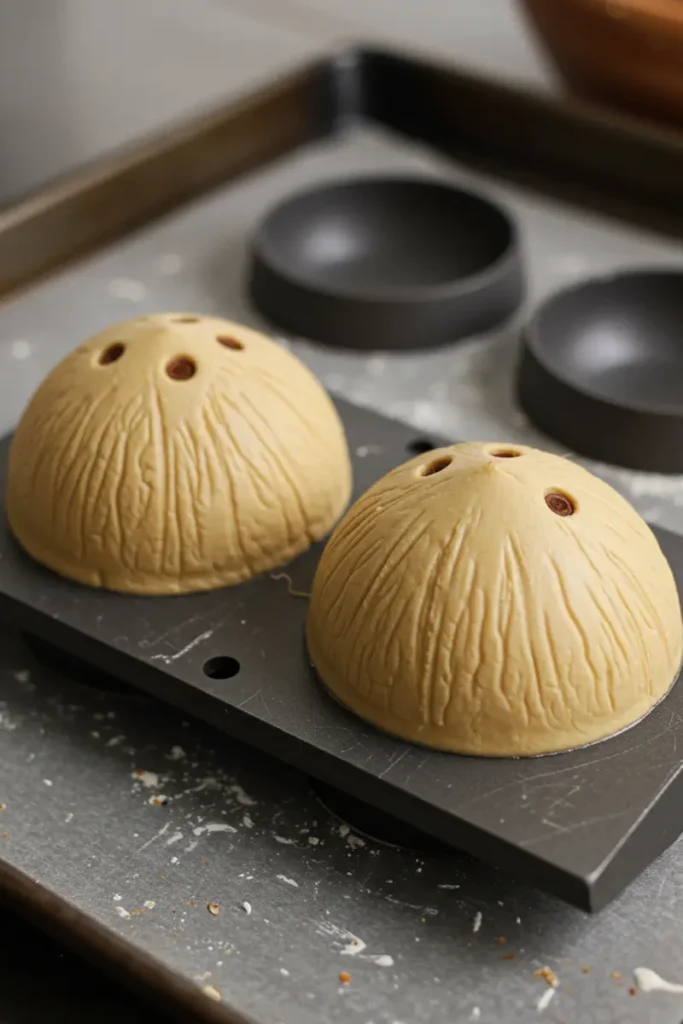
Folding the dough properly is what gives the pastry its charm and texture. Start with a square or round piece of puff pastry. Add your coconut filling in the center, then fold the dough over to create a pocket. Gently press the edges to seal, then use a fork to crimp and secure it.
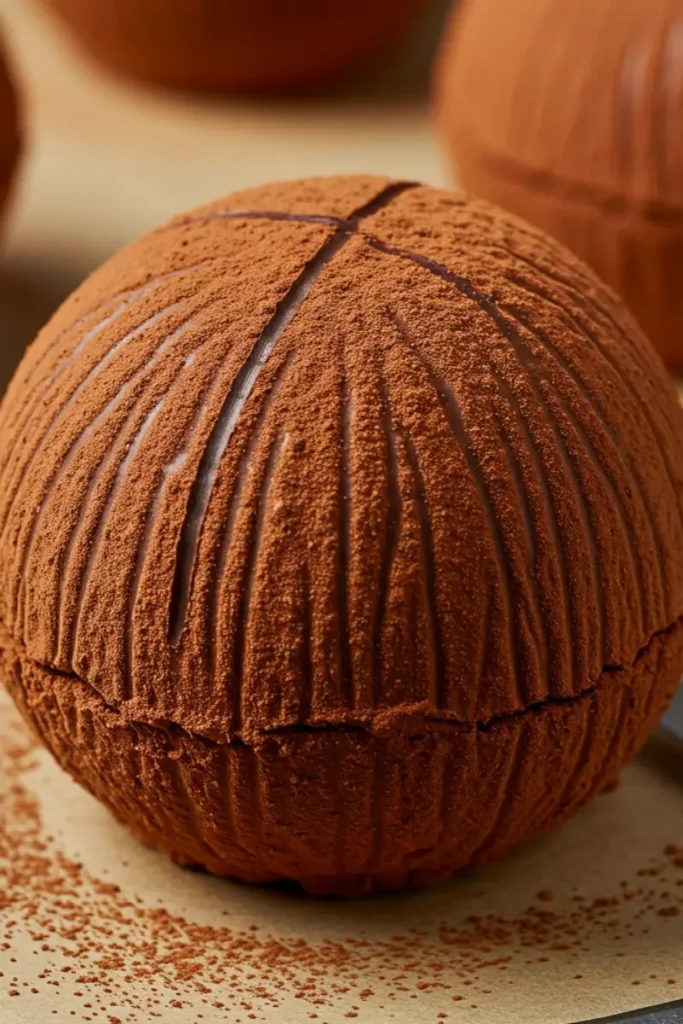
Want it to look like a coconut? Score the top with shallow, curved slits. This not only adds visual appeal but also allows steam to escape, giving you that light, crispy crust. Chill your filled pastries for a few minutes before baking to help them hold their shape.
Filling variations: cream, shredded coconut, syrup
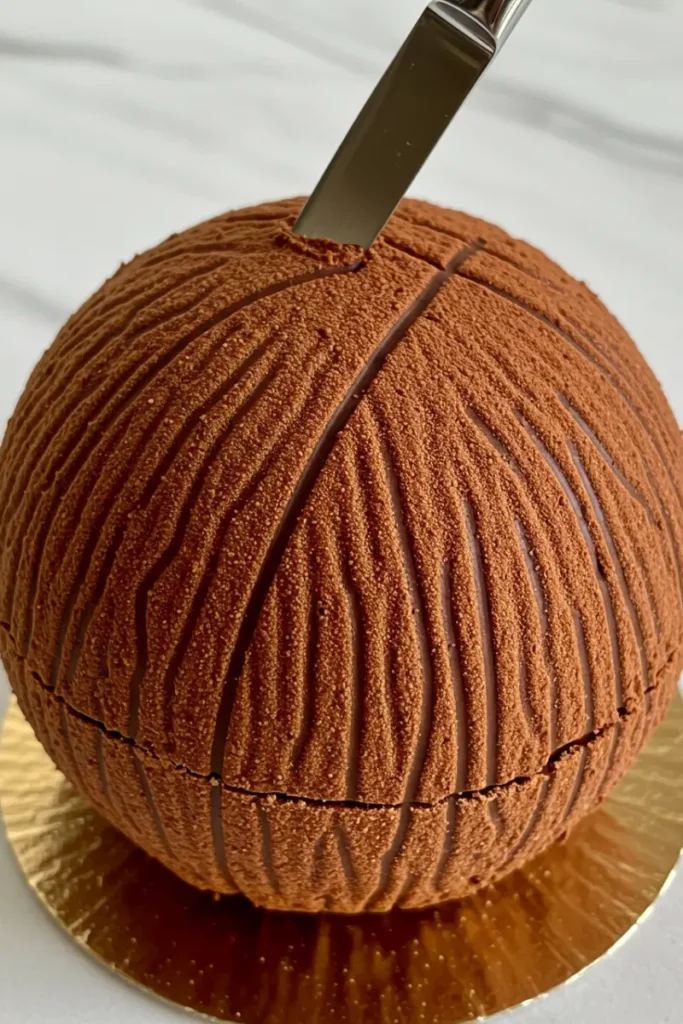
The filling is where you can have the most fun. Try one of these options:
- Sweetened shredded coconut mixed with sugar and butter
- A smooth coconut custard made with milk and cornstarch
- Coconut cream blended with condensed milk for a richer bite
- A syrup-style filling like you find in pastelitos de coco
Each version brings a different texture and level of sweetness. Add a pinch of cinnamon or lime zest for extra flavor.
Glaze and Finishing Tips for Coconut Shaped Pastry
Once baked, let the pastries cool slightly. Then, brush with a simple glaze made from powdered sugar and coconut milk. You can sprinkle toasted coconut on top for crunch or even drizzle with a bit of white chocolate.
Want a golden crust? Don’t skip the egg wash. Brush a beaten egg over the pastry before baking. This helps the top bake to a glossy, golden color and keeps everything looking polished and professional. This technique works beautifully when finishing a coconut shaped pastry, giving it that tropical glow.
Coconut Puff Pastry Knots Guide
If you love simple, satisfying bakes, these coconut shaped pastry knots are going to be a hit. They look impressive, taste amazing, and don’t require any fancy skills. You just need a sheet of puff pastry, a flavorful coconut filling, and a little patience to tie the perfect knot.
Puff pastry knots are great for breakfast, dessert, or a quick snack. They also make great treats to pack in lunchboxes or serve at a weekend gathering. Since the dough is store-bought, most of the work is in shaping and filling. But don’t worry. The process is easier than it sounds, and the end result is well worth it.
Let’s go step by step so you can bake a batch with confidence.
How to Tie and Shape Puff Pastry Knots
Start by rolling out your pastry and cutting it into even strips, about one inch wide. Twist each strip gently to create a rope, then tie it into a loose knot. It doesn’t have to be perfect. The puff pastry expands as it bakes, giving the knot a lovely shape.
Place a spoonful of coconut filling in the center of the knot or tuck it inside the folds before tying. Once shaped, pop the tray in the fridge for 10 minutes to help the knots keep their form in the oven. These techniques can also be adapted if you’re forming a coconut shaped pastry, especially when working with custom molds or sculpted dough.
Coconut Extract vs. Real Coconut Flavor
Flavor makes all the difference. Real shredded coconut gives you texture, while coconut extract offers a more intense taste. Want the best results? Combine the two. Mix shredded coconut with a small amount of extract and blend it into softened cream cheese or sweetened butter for a smooth, rich filling.
This combo hits all the right notes without overwhelming the pastry. It’s an ideal pairing for any coconut shaped pastry variation you decide to try—especially when aiming for both visual impact and flavor.
Best Baking Temp for Golden Knots
Bake your knots at 375 degrees Fahrenheit until golden brown, usually about 18 to 22 minutes. Keep an eye on them during the last few minutes. You want a crisp outside and a soft, fluffy inside. For extra color, brush the knots with an egg wash before baking.
Let them cool slightly and finish with a dusting of powdered sugar or a light coconut glaze. Whether you’re making classic knots or a carefully molded coconut shaped pastry, this baking method ensures they come out golden and delicious every time.
Pastelitos de Coco: Cuban Style
Pastelitos de coco are a classic Cuban treat that wraps shredded coconut in buttery, flaky puff pastry. These pastries are syrupy, golden, and full of tropical flavor. They’re often found in Cuban bakeries and homes, especially during holidays or family gatherings. While they look impressive, they’re surprisingly simple to make—especially with store-bought dough.
Though not always molded, their glossy, domed finish can be easily adapted to resemble a coconut shaped pastry with the right form and glaze.
Authentic Ingredients and Syrupy Coconut Filling
At the heart of every pastelito is its sweet coconut filling. This is usually made by simmering shredded coconut with sugar, water, and cinnamon until thick and syrupy. Some variations include a splash of vanilla or a bit of lime zest for extra flavor.
You want a filling that holds together but stays soft. If it’s too dry, it won’t spread evenly. If it’s too wet, it can leak during baking. Getting this balance right is the key to that sticky, delicious center. This same filling is perfect for stuffing into a coconut shaped pastry, especially if you’re aiming for a rich interior wrapped in puff pastry.
Pairing Coconut Shaped Pastry with Cuban Coffee
These pastries pair perfectly with a small cup of Cuban espresso. The strong, sweet coffee cuts through the richness of the filling and complements the flaky pastry. It’s a simple pleasure and a traditional way to enjoy pastelitos in Cuban culture.
You can also serve them with tea or milk for a lighter combo. But for a true Cuban bakery moment, go with a cafecito—an ideal match for a warm coconut shaped pastry served fresh from the oven.
Quick Prep with Store-Bought Puff Pastry
Using pre-rolled puff pastry makes this recipe much faster. Just cut the dough into squares, add the filling, fold into triangles, and seal the edges with a fork. Brush with an egg wash, bake until golden, and drizzle with glaze.
With store-bought dough, you can have a fresh batch of pastelitos ready in under 45 minutes. It’s an easy way to bring a taste of Cuba into your kitchen—or even get creative and turn each piece into a hand-sculpted coconut shaped pastry for a fun twist on the tradition.
Asian Style Coconut Buns and Twists
Asian bakeries are known for their soft, sweet breads—and coconut buns are one of the most popular. Whether it’s a Hong Kong cocktail bun or a Chinese-style coconut swirl, these treats are light, fluffy, and packed with coconut flavor. Some are twisted into fun shapes, while others are filled and rolled like cinnamon buns.
Although traditionally not molded, some bakers are now shaping these into a coconut shaped pastry for a playful twist on the classic bun style, combining softness with sculptural appeal.
Differences Between HK Cocktail Buns and Chinese Coconut Buns
Hong Kong cocktail buns are filled with a rich coconut paste made from sugar, butter, and desiccated coconut. The top is often decorated with parallel stripes of sweet dough or glaze. These buns are usually oval and have a smooth, shiny surface.
In contrast, Chinese coconut buns can be braided or twisted, with visible swirls of coconut filling. Some even include a light egg wash and sesame seeds on top. While both styles share flavor profiles, modern interpretations often rework the form into a mini coconut shaped pastry, bringing a new aesthetic to traditional flavors.
Festive Bunny Twist Shapes for Holidays
If you’re baking for a special occasion, try shaping your dough into a bunny twist. Roll the filled dough into a log, cut in half lengthwise, and twist the strands together. Curve them slightly to make ears or a round base for a head. Kids love these, and they’re perfect for spring holidays or baby showers.
These whimsical designs can also be incorporated into a coconut shaped pastry, especially when experimenting with animal-themed or holiday-inspired molds that blend tradition with creativity.
Balancing Filling to Pastry Ratio in Coconut Shaped Pastry
Too much filling can make the dough soggy, while too little feels dry. Aim for a light layer of coconut filling spread evenly over the dough. Roll or fold the dough gently to keep the shape intact.
Let the buns rise until they double in size before baking. This helps create that soft, airy texture. Once baked, brush with a light sugar syrup or milk glaze for a glossy finish—especially important if you’re going for a realistic coconut shaped pastry look with smooth shine and appealing presentation.
Artisan Fancy Coconut Desserts
When it comes to showstopping coconut desserts, pastry chefs take things to a whole new level. These artisan coconut shaped pastry creations often look like mini sculptures, blending tropical flavor with artistic flair. One standout is the ultra-realistic coconut dessert made famous by pastry artist Amaury Guichon. His version is shaped to look like an actual coconut, complete with a hard chocolate shell, creamy coconut mousse inside, and a decorative base.
These fancy pastries are all about layers, contrast, and detail. If you’re ready to try something ambitious or want to wow your guests, these desserts are worth the effort. While they do take more time and tools, the results are impressive and incredibly rewarding.
Let’s take a look at what goes into these high-end creations.
Amaury Guichon’s coconut shaped pastry inspiration
Amaury Guichon’s signature dessert features a realistic coconut shell made from tempered chocolate. Inside is a soft coconut mousse or custard center layered with tropical fruits like pineapple or mango. The shell is set on a crunchy biscuit or sponge base to give texture.
Though this level of design takes advanced skills and special molds, you can draw inspiration from it. Try using silicone molds shaped like coconuts and coat the finished dessert in chocolate before chilling—this creates a stunning coconut shaped pastry that’s both elegant and exciting.
Decor and Tropical Flavor Combos: Mango, Pineapple
The beauty of fancy coconut shaped pastry creations is how well they pair with bold tropical flavors. Think mango purée, roasted pineapple. Add toasted coconut flakes or edible flowers for garnish to enhance the tropical theme.
Use contrasting textures too—like creamy mousse, soft cake, and crisp chocolate. These elements make each bite exciting and dynamic. Serve chilled with a fruity cocktail or sparkling water to complete the island-inspired experience.
Video Tutorial Deep Dive for Coconut Shaped Pastry
For home bakers looking to try something new, start with a simple video tutorial that shows how to shape, mold, and glaze a coconut dessert. Many online resources walk you through step by step—from pouring mousse to coating in chocolate.
Even if you’re just making a mousse-filled shell, seeing the techniques in action helps a lot. With practice, you can move from basic molds to full-scale coconut shaped pastry presentations that look straight out of a patisserie.
Start Small and Build Up Your Skills
Begin with simple silicone molds and easy mousse recipes before tackling advanced chocolate work. As you gain confidence, experiment with different fillings, glaze finishes, and garnish techniques.
Each attempt brings you closer to mastering your own coconut shaped pastry masterpiece—something that’s impressive enough to serve at events but still rooted in tropical comfort.
Air Fryer Coconut Pastry Variations
Baking in an air fryer has become a popular way to make quick, crispy treats without heating up the whole kitchen. With the right setup, you can easily make air fryer coconut pastries that are just as golden and flaky as oven-baked versions. The key is using puff pastry and a coconut filling that doesn’t leak or melt too fast.
Air fryers work well because they circulate hot air quickly, which helps pastries puff up and get crispy. You don’t need to flip them or wait for a full preheat like with an oven. Just shape, chill, and bake right in the basket.
Here’s how to get the best results from your air fryer bakes.
Benefits of air fryer vs. oven baking
The biggest advantage is speed. Air fryers heat up fast and cook evenly, which saves time. You also use less energy and avoid warming the whole kitchen. Plus, the results are surprisingly close to traditional baking: flaky layers, crisp texture, and golden tops.
For small batches or quick snacks, the air fryer is perfect. No need for big baking trays or long cleanups.
Simple 3 ingredient coconut rolls
You can whip up a batch with just three ingredients:
- Puff pastry sheets
- Sweetened shredded coconut
- A little sugar or condensed milk for sweetness
Roll the coconut mixture into strips of pastry, seal, and bake at 350 degrees Fahrenheit for about 10 minutes. They’ll puff up beautifully and taste amazing right out of the fryer.
Tips for crispy not soggy results
Start with cold pastry to help it keep its shape. Avoid overfilling, since too much coconut can cause leaks. Place the pastries on parchment paper or a lightly oiled rack inside the air fryer basket.
Leave space between each piece so the hot air can circulate. After baking, let them sit for two to three minutes to set before serving. If you want a glossy look, brush with a light syrup or glaze right after they come out.
Coconut Galette and Hand Pie Variants
Galettes and hand pies offer a rustic, fuss-free way to enjoy coconut in a pastry that’s big on flavor and easy to shape. A coconut shaped pastry doesn’t always need to look fancy. Sometimes the best results come from free-form baking that lets the filling shine. Coconut pairs well with fruit, making these pastries bright, juicy, and satisfying.
What makes galettes and hand pies special is their simplicity. You can shape the dough by hand, fold it casually, and still get bakery-worthy results. This section gives you a few fresh twists that bring coconut to life in fun, easy forms.
Making coconut infused pie dough
To start, mix shredded coconut right into your pie dough. Pulse it with the flour before adding butter and water. The coconut adds a slight chew and a toasty flavor once baked. You can also replace some of the water with chilled coconut milk for extra richness.
If you’re in a rush, store-bought pie dough works too. Just brush it with melted coconut oil before filling to add aroma and a tropical taste.
Raspberry lime coconut hand pie twist
One fun combo is raspberry, lime, and coconut. Spread a thin layer of sweetened coconut cream or shredded coconut filling on the dough. Add a spoonful of raspberry preserves and a few drops of fresh lime juice. Fold, seal the edges, and bake at 375 degrees Fahrenheit for 20 minutes.
This combo is sweet, tart, and has that tropical vibe people love. It’s also easy to prep ahead and bake just before serving.
Free form galette technique
For a galette, roll your dough into a rough circle. Spoon the coconut filling into the center, leaving a two-inch border. Fold the edges over the filling and pinch gently to hold in place. Bake on a parchment-lined tray until golden and crisp.
There’s no need for a perfect shape. The galette’s charm comes from its uneven folds and bubbling filling. Serve warm with a scoop of vanilla or coconut ice cream for extra indulgence.
DIY Coconut Macaroons vs. Pastries
When people think of coconut desserts, macaroons often come to mind. These chewy, golden mounds are easy to make and full of coconut flavor. But how do they compare to a filled or shaped coconut shaped pastry? While both start with coconut, they have different textures, looks, and baking methods.
Macaroons are quick, flourless cookies made from coconut, egg whites, and sugar. Pastries are layered, flaky, and usually include a filling. Knowing the difference helps you decide which to make based on what you’re craving or how much time you have.
What sets macaroons apart from shaped pastries
The main difference is texture. Macaroons are chewy on the inside and lightly crisp on the outside. They hold their shape in little mounds and bake up fast. Shaped pastries, on the other hand, have soft or crunchy layers and can hold a creamy or jammy filling inside.
Macaroons also tend to be smaller and more snackable, while pastries often serve as a full dessert.
Easy drop cookie method
To make macaroons, mix sweetened shredded coconut with egg whites and sugar. Scoop into mounds and bake at 325 degrees Fahrenheit for about 15 to 18 minutes. They’ll brown on the edges and stay soft inside.
No mixer or rolling needed. This is a perfect beginner-friendly recipe when you’re short on time or ingredients.
Decorative dip ideas chocolate toasted coconut
Dress up your macaroons by dipping the bottoms in melted chocolate. You can also drizzle dark or white chocolate over the top. For more texture, roll the sides in toasted coconut flakes or crushed almonds.
These decorations add a little flair and help turn a basic cookie into a party-worthy treat. Serve on a platter with other mini desserts for a coconut-themed dessert board.
FAQ
What is a coconut shaped pastry and how is it made?
How do you shape puff pastry into coconut knots?
What are pastelitos de coco and where do they originate?
Are coconut buns the same as cocktail buns?
How can I bake coconut pastries in an air fryer?
Share Your Experience
Tried one of these amazing coconut shaped pastry? Made your own version at home? We’d love to hear about it! Share your experience, your favorite flavor, or even your own twist on the trend in the comments below.
If you snapped a pic, don’t forget to tag us on social media—we might feature your creation!
Spread the joy:
Your stories and photos make this community sweeter—one scoop at a time.


